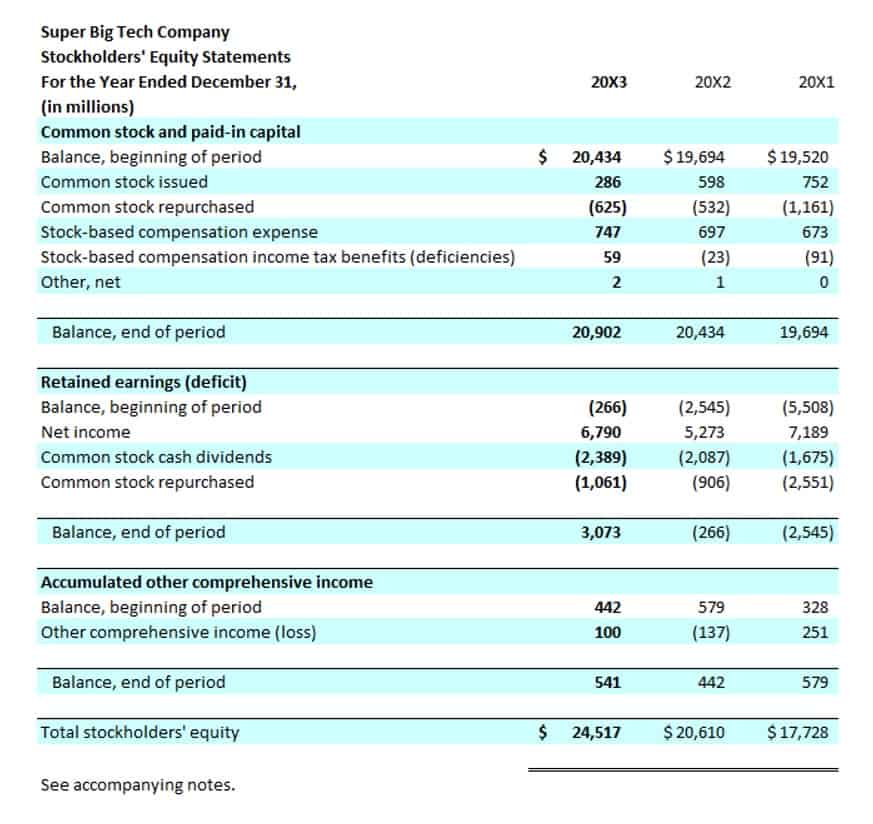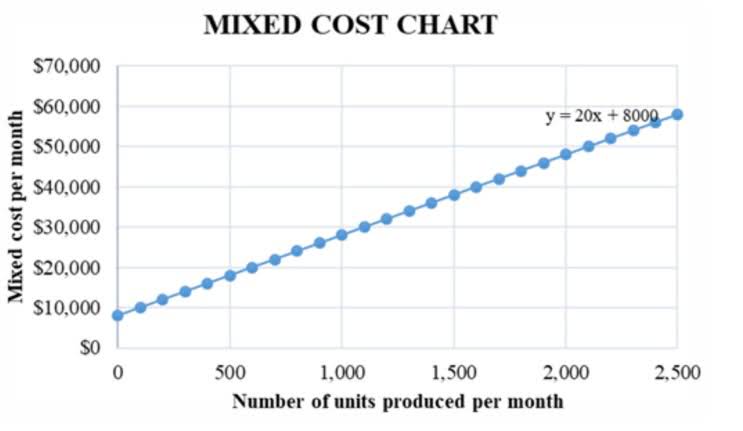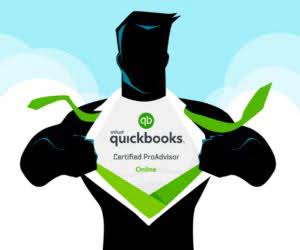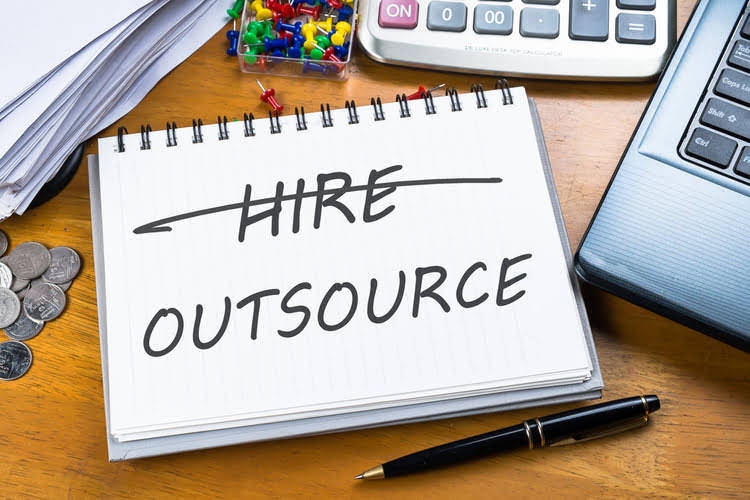
The Woodard Report is a collection of articles from several authors to advance the understanding and knowledge surrounding the accounting profession and technologies connected to that profession. A new forklift might cost $75,000, but it won’t be worth that same amount after 3 years. Eventually, it will be decommissioned after it has lived its useful life and have a value of zero or a minimal salvage value. Depreciation is a way to financially account for the decrease in value of a physical asset over time. Keep in mind that production overhead will be distinct from overhead calculations for other departments.
How is IAS 2 different from US GAAP?
Manufacturing costs can be broadly separated into direct and indirect costs. Direct costs are traceable to a product, like the wood to manufacture toothpicks and the direct labor to cut the wood . Indirect costs are those costs required to run a manufacturing https://www.bookstime.com/ business but are not directly traceable to a product. Think of safety glasses, a facility’s security guard, and depreciation and utilities. From a manufacturing accounting perspective, indirect materials are often considered overheads rather than materials.
See advice specific to your business
Process costing is beneficial for saving time as calculating costs need not to be completed for each individual unit. The downside is that the costs per unit can become inaccurate since rounding up costs per process can introduce discrepancies. Standard costing is very beneficial for creating and polishing budgets as it gives predefined cost estimates that can be measured against actual expenses.
- Job costing, also known as variable costing, is better if you manufacture to order or focus on a small amount of units.
- They are often reconciled and adjusted at the end of an accounting period to accurately reflect the value of inventory on the balance sheet.
- You will also want a periodic or perpetual inventory system to track how many products you have in your production line at any one time.
- Manufacturing accounting is a complex process that requires specialized knowledge and skills.
- To help improve and ease accounting for manufacturing, here are 5 best practices for inventory and production cost accounting methods.
- With robust reporting features, you gain valuable insights into your operations and identify areas for improvement.
- To gain a deeper understanding of manufacturing costs and make informed decisions, the software should incorporate data analytics capabilities.
Importance of Accurate Manufacturing Accounting for Businesses
Just in time inventory endeavors to manufacture precisely what’s needed to fill demand. By manufacturing only what demand requires, production costs go down while production quality (typically) goes up. And the process to get from one to the other is so complex that for the average person it’s almost inconceivable. manufacturing accounting It would help if you had a manufacturing software solution that allows you to deal with the extra complexity of calculating inventory and the cost of your manufacturing goods. This software can be used to extract data and analyze trends, improve efficiency, and make the best business decisions.
Advanced manufacturing accounting software is a must-have for modern manufacturers and the manufacturing accounting teams responsible for tracking business financials. Manufacturers demand powerful, intuitive financial reporting with customizable dashboards to monitor costs, profitability, cash flow, and financial health in real-time. Rootstock Financials is an ideal solution for manufacturing accounting, and so much more. A key consideration here for manufacturers is how labor costs are tracked for manufacturing accounting, especially where to draw the line between direct labor costs and overhead labor costs.
- In manufacturing accounting, various financial aspects are addressed, including the cost of raw materials, labor, overhead expenses, and inventory valuation.
- When COVID-19 hit, many companies were left scrambling to figure out how to survive.
- Running a manufacturing company while managing its books is a challenging prospect.
- It involves calculating the weighted average cost of all units available for sale during a given period.
- See the standard costing, weighted-average method, FIFO, and LIFO topics for more information.
What is Manufacturing Accounting?
At Taxfyle, we connect small businesses with licensed, experienced CPAs or EAs in the US. We handle the hard part of finding the right tax professional by matching you with a Pro who has the right experience to meet your unique needs and will manage your bookkeeping and file taxes for you. Because you must get special permission from the IRS to change your accounting basis later, it’s best to get it right the first time. Apply for financing, track your business cashflow, and more with a single lendio account. The role of an accountant is to help the business owner choose the most efficient method for their company.
Inventory Valuation

Inventories are generally measured at the lower of cost and net realizable value (NRV)3. Cost includes not only the purchase cost but also the conversion and other costs to bring the inventory to its present location and condition. If items of inventory are not interchangeable or comprise goods or services for specific projects, then cost is determined on an individual item basis. Conversely, when there are many interchangeable items, cost formulas – first-in, first-out (FIFO) or weighted-average cost – may be used. Techniques for measuring the cost of inventories, such as the standard cost method or the retail method, may be used for convenience if the results approximate cost.
- Factory overhead costs must be aggregated into cost pools and then allocated to the number of units produced during a reporting period, which increases the recorded cost of inventory.
- In some cases, NRV of an item of inventory, which has been written down in one period, may subsequently increase.
- For example, if a purchasing manager procures wire by the foot, an inventory clerk monitors storage by the spool, and the production manager tracks usage by the inch, problems can quickly arise.
- Average costing is useful in situations where it is difficult to assign costs to specific or individual products.
- Manufacturing accounting software helps you track your financials in real time using cloud-based technology and multi-platform integrations.
- The right manufacturing inventory software helps you do everything we described above.
Master Inventory Accounting for Manufacturing Businesses








